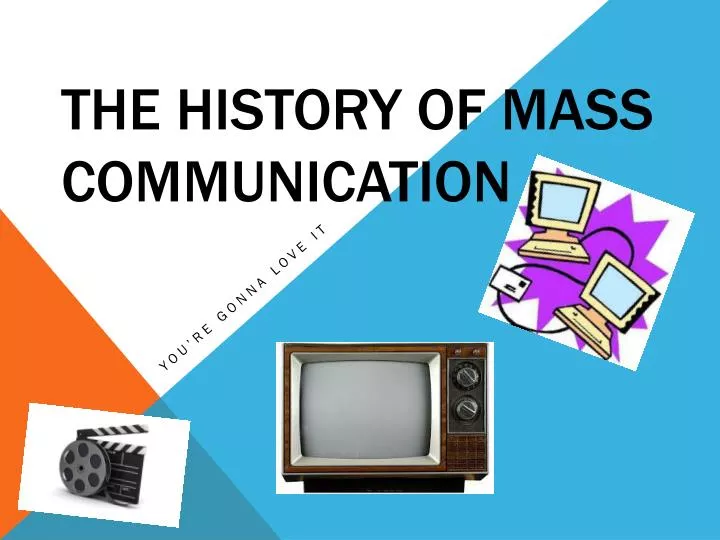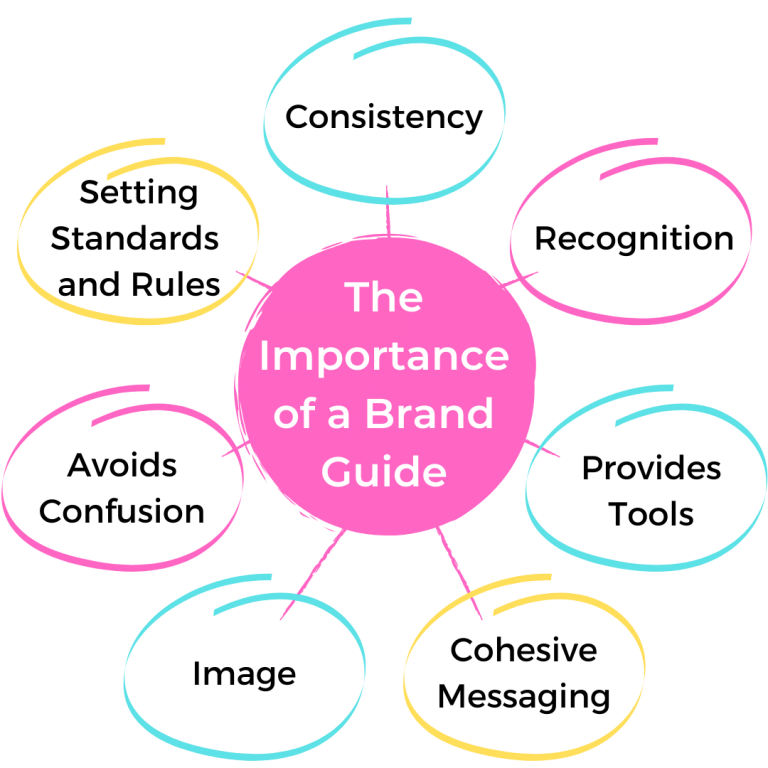In the age of digital dominance, where screens and pixels seem to dictate our every interaction, one might question the relevance of print in branding and identity. However, print remains an integral and influential component in establishing and reinforcing a brand’s identity. This comprehensive article explores the multifaceted role of print in branding and identity, delving into its historical significance, its contemporary applications, and why it continues to thrive in the digital era.
The Historical Significance of Print in Branding
To appreciate the role of print in modern branding, we must first recognize its historical significance. The evolution of print media, from the invention of the printing press by Johannes Gutenberg in the 15th century to the development of modern advertising, has played a pivotal role in shaping how brands communicate and establish their identities.
The Birth of Mass Communication

The invention of the printing press revolutionized mass communication. Suddenly, books, pamphlets, and newspapers could be produced on a scale previously unimaginable. This allowed brands to disseminate information and establish their presence in ways that were previously impossible.
The Emergence of Advertising
As print media flourished, so did advertising. Brands recognized the power of print to reach a broad audience. Iconic advertisements, such as the Coca-Cola Santa Claus, were born in print and became ingrained in our cultural consciousness.
The Influence of Typography and Design
Early print media heavily relied on typography and design to convey messages. Typography choices became synonymous with certain brands (think Coca-Cola’s distinctive script), and design elements played a crucial role in shaping brand aesthetics and recognition.
Brand Storytelling
Print allowed for in-depth storytelling. Brands could use magazines, booklets, or coffee table books to tell their history, values, and mission in a narrative format that resonated with customers. This storytelling aspect of print has evolved into content marketing, where brands create engaging narratives that connect with their audience on a deeper level.
Print in the Digital Age
While digital technology has transformed the marketing landscape, print has not only survived but has also adapted and thrived. In the digital age, print serves as a tactile and authentic counterpart to digital marketing efforts. Here’s why it remains relevant:
Tactile Engagement
In a world dominated by screens, the physicality of print offers a unique and memorable sensory experience. Holding a well-designed brochure or business card provides a tactile connection that digital media can’t replicate. This tactile engagement fosters a stronger emotional connection with the brand, enhancing brand recall and loyalty.
Perceived Value
Print materials are often associated with quality and authenticity. A well-crafted printed piece can convey a sense of prestige and permanence that digital content sometimes lacks. This perceived value extends to product packaging, where premium packaging can elevate the perceived value of a product, making it more appealing to consumers.
Targeted Marketing
Print materials can be precisely targeted. Direct mail, for example, allows brands to reach specific demographics, enhancing the personalization of their message. Advanced data analytics have made it possible to segment and target audiences effectively, ensuring that printed materials reach the right hands at the right time.
Complementary Role
Print and digital media can work together synergistically. QR codes on printed materials can seamlessly link customers to online content, bridging the gap between the physical and digital realms. This integration ensures a cohesive brand experience across both online and offline channels.
Longevity
Unlike digital content that can be fleeting, print materials can endure for extended periods, serving as a lasting reminder of a brand. Think of the well-worn magazine or book on your shelf. This longevity ensures that a brand’s message persists in the consumer’s environment, reinforcing brand awareness.
Environmental Sustainability
Brands are increasingly adopting sustainable printing practices, using recycled materials and eco-friendly inks to minimize their environmental impact. Sustainable printing not only aligns with eco-conscious consumers’ values but also reflects positively on a brand’s image.
Key Applications of Print in Branding
Print plays a multifaceted role in shaping and reinforcing a brand’s identity. Here are key applications:
Logo and Visual Identity
The logo is the visual cornerstone of a brand’s identity. It is often reproduced in various printed materials, from business cards and letterheads to product packaging and promotional materials. Consistency in logo reproduction is crucial for brand recognition.
Business Cards
Business cards remain a fundamental networking tool. They encapsulate a brand’s identity in a compact, portable format. A well-designed card leaves a lasting impression. Beyond basic contact information, modern business cards often incorporate QR codes or augmented reality elements to bridge the gap between print and digital.
Brochures and Catalogs
Brochures and catalogs are effective tools for conveying a brand’s story and showcasing products or services. They allow for in-depth exploration in a tangible format. Interactive elements such as embedded videos or scannable codes provide opportunities for deeper engagement.
Packaging
Product packaging serves both functional and branding purposes. It not only protects the product but also communicates a brand’s values, aesthetics, and identity. Brands are increasingly using innovative packaging design to create memorable unboxing experiences for customers.
Signage and Environmental Graphics

Signage, both indoor and outdoor, is essential for physical spaces. It guides customers, reinforces branding, and contributes to the overall ambiance of a space. Interactive digital signage, combined with traditional print signage, creates immersive brand experiences.
Direct Mail
Direct mail campaigns, including postcards and newsletters, enable targeted marketing efforts. When designed thoughtfully, they can be highly effective in reaching specific audiences. Personalization and variable data printing enhance the relevance of direct mail.
Promotional Materials
Promotional materials such as posters, flyers, and banners are used for events, promotions, and advertising. They provide visibility and serve as physical reminders of brand messaging. Augmented reality apps can bring printed promotional materials to life with interactive content.
Print Advertising
Print advertising in magazines, newspapers, and trade publications remains a valuable way to reach niche audiences and build brand authority. Brands often leverage QR codes or custom landing pages to measure the effectiveness of print ads.
Stationery
Customized stationery, including letterheads and envelopes, maintains a consistent brand image in all written communications, adding professionalism to correspondence. Incorporating digital elements, such as clickable email addresses and social media icons, enhances communication efficiency.
Specialty Printing
Techniques like embossing, foiling, and die-cutting can elevate printed materials, creating a sense of luxury and exclusivity that aligns with premium brands. The combination of traditional printing methods with digital enhancements allows for creative and visually striking outputs.
The Role of Print in Establishing Brand Trust
Print plays a pivotal role in establishing brand trust, especially in industries where credibility and reliability are paramount. Here’s how it contributes:
Credibility and Authority
Printed materials, such as industry reports, whitepapers, and academic journals, lend credibility and authority to a brand’s expertise in a particular field. Readers perceive printed content as thoroughly researched and trustworthy. Print publications also contribute to a brand’s thought leadership positioning.
Legal and Regulatory Compliance
In industries with strict legal and regulatory requirements, printed documents like contracts, warranties, and compliance reports are not only necessary but also instill confidence in customers and partners. The physical documentation of legal agreements provides a tangible assurance of commitment.
Certificates and Awards
Printed certificates and awards serve as tangible symbols of recognition and achievement, further enhancing a brand’s reputation. Displaying these certificates in offices or stores reinforces the
brand’s credibility and accomplishments.
Brand Storytelling
Print allows for long-form storytelling. Brands can use magazines, booklets, or coffee table books to tell their history, values, and mission in a narrative format that resonates with customers. These printed narratives become cherished brand artifacts, fostering a sense of connection and loyalty.
Testimonials and Case Studies
Print materials can showcase customer testimonials and case studies, providing social proof of a brand’s reliability and success. These stories, presented in print form, serve as compelling endorsements that build trust among potential customers.
Challenges and Considerations in Print Branding
While print offers numerous advantages, it also presents challenges and considerations:
Cost
High-quality print materials can be expensive to produce, particularly for small businesses or startups with limited budgets. However, advancements in digital printing have made short-run printing more cost-effective, enabling smaller brands to leverage print effectively.
Environmental Impact
The production of print materials can have an environmental impact. Brands are increasingly focusing on sustainable printing practices and materials. Eco-friendly inks, recycled paper, and responsible sourcing are becoming industry standards.
Design Consistency
Maintaining consistent design across various print materials is crucial for brand identity. Deviations can dilute brand recognition and erode trust. Digital asset management systems help ensure design consistency.
Distribution and Logistics
Managing the distribution of print materials, especially to remote or international locations, requires logistical planning and can incur additional costs. Online print-on-demand services are streamlining distribution and reducing the need for extensive inventory management.
Digital Integration
Integrating print with digital marketing efforts requires careful planning to ensure a seamless customer experience. Cross-channel marketing automation platforms help brands orchestrate synchronized campaigns across print and digital channels.
Storage and Inventory
Storing printed materials can be a logistical challenge, and overprinting can lead to excess inventory. On-demand printing and fulfillment services mitigate storage concerns while reducing waste.
Measurement and Analytics
Unlike digital marketing, it can be more challenging to measure the effectiveness of print materials accurately. Brands are exploring innovative ways to track engagement, such as scannable QR codes, personalized URLs, and unique toll-free numbers.
In a digital world, print remains a powerful tool for establishing and reinforcing a brand’s identity. Its historical significance, unique tactile qualities, and ability to convey authenticity make it an essential component of a comprehensive branding strategy. Print materials, from business cards to packaging and specialty printing techniques, serve various functions and contribute to brand trust and recognition.
While print faces challenges such as cost and environmental considerations, it continues to thrive by adapting to the digital era. The synergy between print and digital marketing efforts offers brands the opportunity to create holistic, memorable customer experiences. In essence, print is not just a relic of the past but a dynamic and enduring force in shaping contemporary brand identities. As long as brands seek to engage with customers on a personal and tangible level, print will remain an integral part of their identity-building toolkit.
As we navigate the ever-evolving landscape of marketing and branding, print stands as a testament to the enduring power of tangible, sensory experiences in forging connections and building trust between brands and their audiences. Its versatility and impact ensure that print will continue to play a pivotal role in the ever-evolving world of branding and identity for years to come, shaping the way we perceive and interact with the brands that define our world.


Average Rating